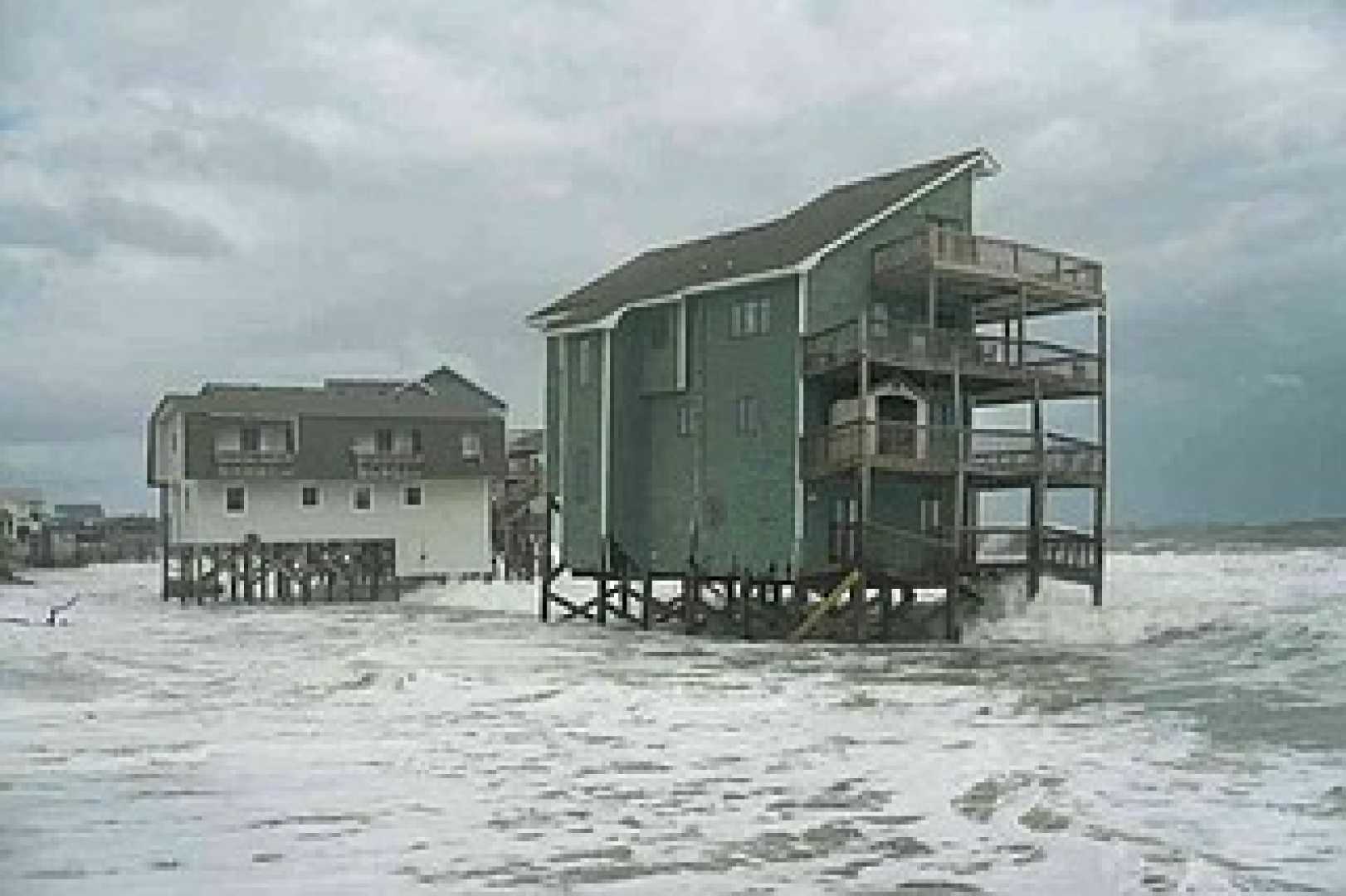News
Nor’easter Impacts East Coast with Flooding and High Winds

ASHEVILLE, NC — A nor’easter is currently affecting the East Coast, impacting areas from the Carolinas to New England with significant coastal flooding, heavy rain, and strong winds. The storm is expected to persist through Monday, prompting state emergency declarations in New York and New Jersey.
The low-pressure system formed over the weekend and is on a northerly track, causing severe weather across regions. In Georgetown, South Carolina, heavy rainfall of nearly 10 inches led to flooding early Sunday, requiring multiple rescues. The South Carolina coastline has reported widespread rain totals reaching 6 inches.
Wind gusts exceeding 40 mph have been recorded in Delaware, New Jersey, Virginia, and Maryland, while areas in southeastern Virginia and eastern New Jersey are under high wind warnings. Forecasters predict gusts could even reach 60 mph, creating a risk of downed trees and power outages.
Prior to the nor’easter, strong onshore winds had already caused high surf and rip currents from the Carolinas to eastern Florida. Charleston recorded a river crest of 8.46 feet, one of the highest in its history, as coastal flood warnings extend from Florida to New England.
In New Jersey, streets in Avalon Bay were submerged due to high tides, and forecasts suggest conditions could worsen overnight into Monday as more coastal flooding is anticipated. Areas along the Mid-Atlantic and Northeast coasts are at risk of reaching major flood stages.
Emergency officials have warned about the potential of flooding on roads and building inundation if the situation escalates. New York Governor Kathy Hochul has declared a state of emergency in response to the storm, urging residents to prepare for severe weather and possible power outages.
In New Jersey, meteorologist Steven DeMartino indicated that the most intense phase of the storm will occur between 10 p.m. and 4 a.m., with expected wind speeds increasing during this timeframe. The National Weather Service has alerted residents to the dangers of rip currents and hazardous marine conditions.
This record-setting nor’easter reflects a seasonal pattern, with such storms being most intense between September and April. The combination of cold air and warmer Atlantic waters provides the perfect conditions for these winter storms.
The national weather forecast predicts that a high-pressure system will eventually bring calmer conditions to areas like North Carolina by midweek as the nor’easter moves offshore.












